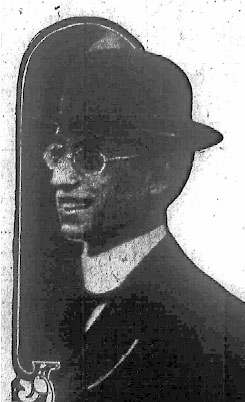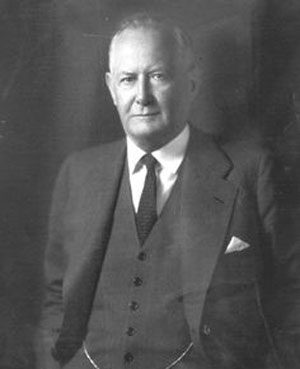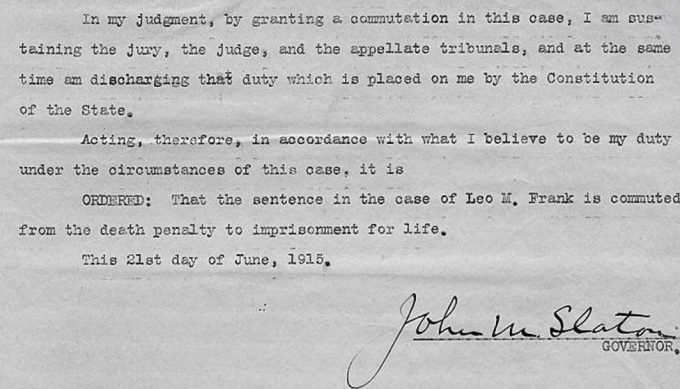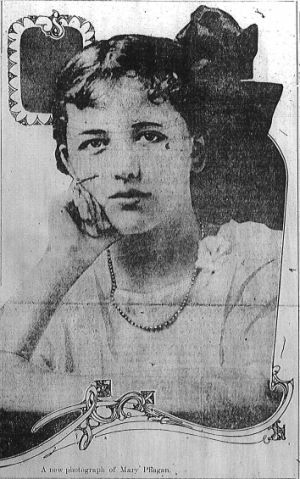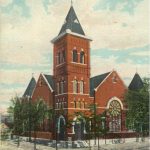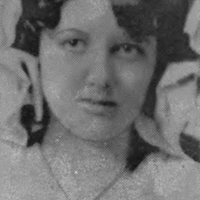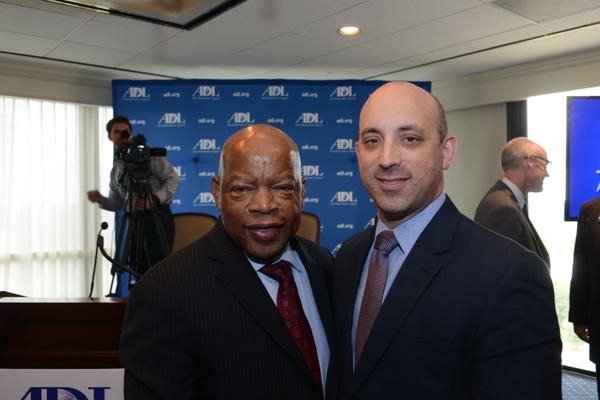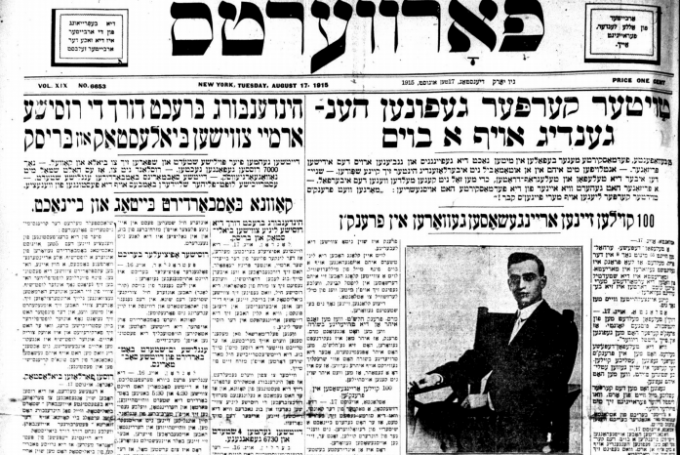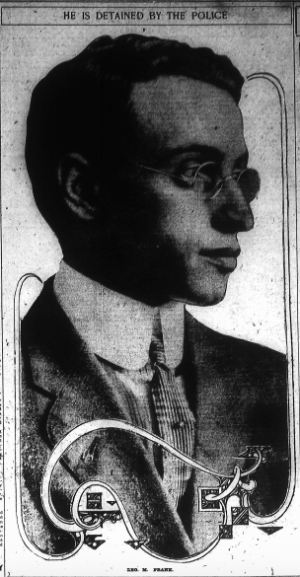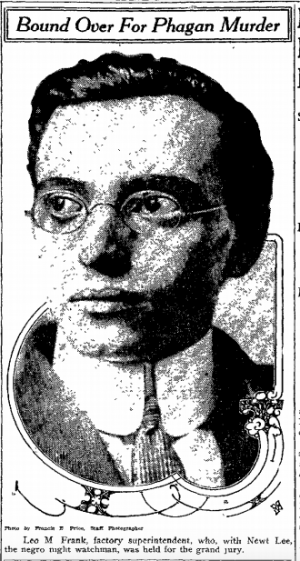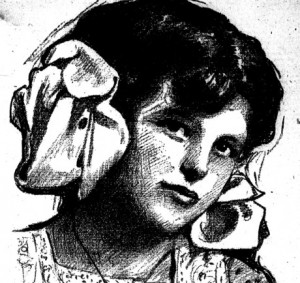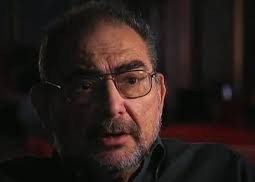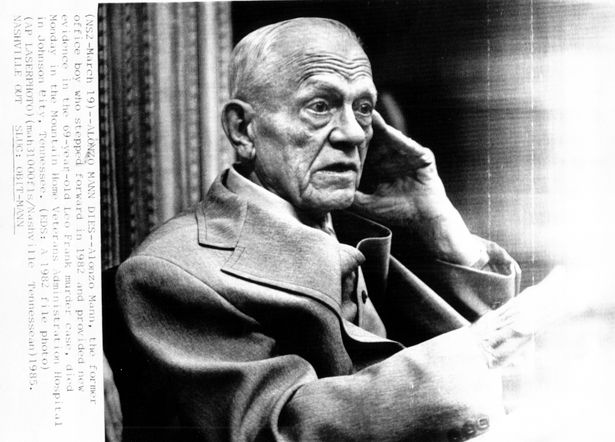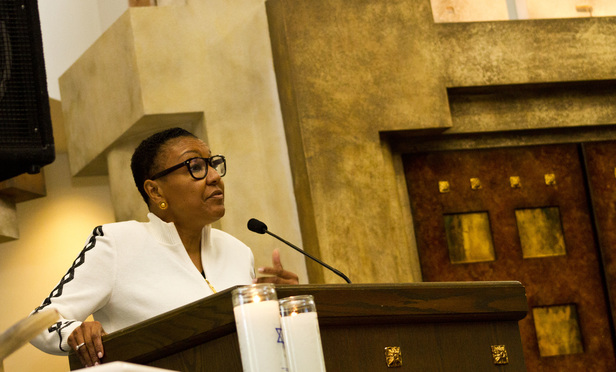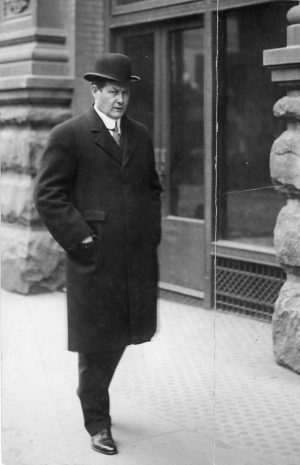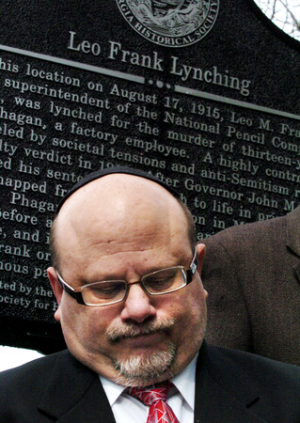https://www.youtube.com/watch?v=HFOX3ZsDgwI&ytbChannel=EURO%20%C2%B7%20FOLK%20%C2%B7%20RADIO
A RECENT TWO-HOUR PROGRAM by a Christian Identity minister named Eli James, “The Restoration Hour,” gives his overview of the Leo Frank case. The position taken is highly critical of Frank, the Jewish-led campaign for his exoneration, and the Jewish establishment in general. (One of the tenets of the Christian Identity churches is that modern-day Europeans are actually descendants of ancient Hebrews, and modern-day Jews are not, making the sect’s views often in conflict with those of Jewish organizations and other Christian groups.) We present this program here so our readers can hear and evaluate Pastor James’ opinions.


